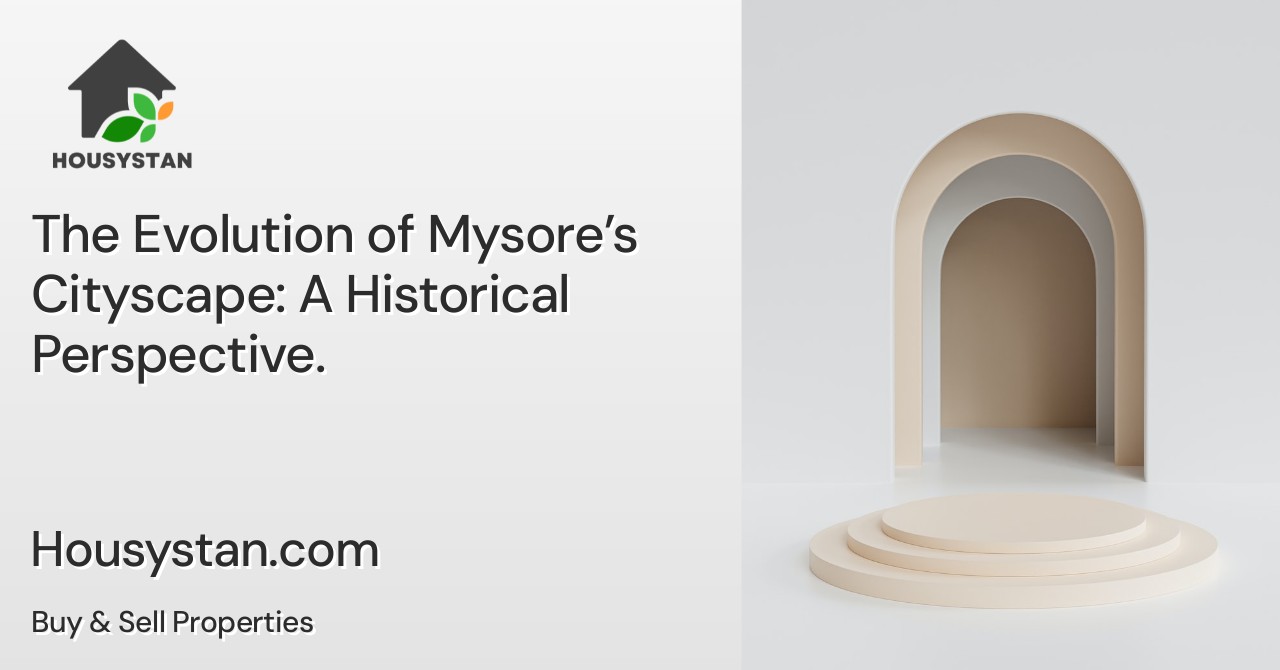The Evolution of Mysore’s Cityscape: A Historical Perspective
Read latest blogs and articles from Housystan

The Information mentioned here was last updated on:
31/12/2025The cityscape of Mysore, located in the heart of Karnataka, stands as a testament to the region’s rich heritage and dynamic transformation over centuries. Nestled at the foothills of the Chamundi Hills, Mysore’s urban development seamlessly blends regal tradition with modern advancements, making it a fascinating destination for both history enthusiasts and contemporary explorers. Understanding Mysore’s evolution offers valuable insights into how the city has preserved its unique character while adapting to changing times.
Historically, Mysore served as the capital of the Kingdom of Mysore, ruled by the Wodeyar dynasty. The city’s architectural landscape showcases grand palaces, intricately designed temples, and colonial-era buildings, each narrating stories of its illustrious past. Landmarks such as the majestic Mysore Palace, St. Philomena’s Church, and the stately Jaganmohan Palace highlight the city’s fusion of Dravidian, Indo-Saracenic, and European influences. The carefully laid-out boulevards, expansive gardens, and iconic roundabouts illustrate thoughtful urban planning that began during the early 20th century under the rulers’ patronage.
As Mysore transitioned through the British Raj and into independent India, its cityscape evolved to accommodate growing populations, new industries, and educational institutions such as the University of Mysore. Modern infrastructure, including wide roads, residential layouts, and commercial hubs, emerged while the city meticulously retained its cultural soul. Today, Mysore is celebrated for its clean streets, lush parks like Brindavan Gardens, and vibrant neighborhoods that attract both residents and tourists from across Karnataka and beyond.
- Verified Tenants/Buyers
- Unlimited Property Listing
- Zero subscription/charges fee
Urban renewal projects continue to balance heritage conservation with sustainable growth. Mysore’s status as a major tourist center, especially during the world-famous Dasara festival, has further spurred development in hospitality, transportation, and retail sectors. The city’s commitment to green spaces and historic preservation ensures that Mysore remains an exemplary model of how tradition and progress can coexist harmoniously. Exploring the evolution of Mysore’s cityscape reveals a region where history lives on in every street and skyline, making it a must-visit destination in South India.